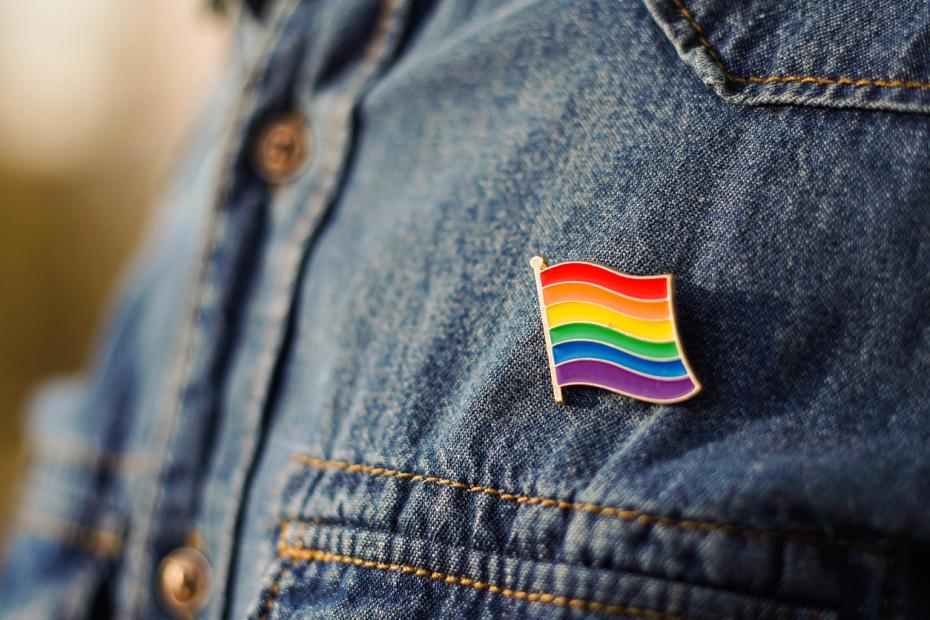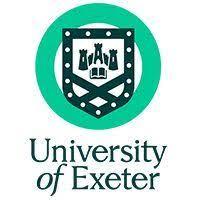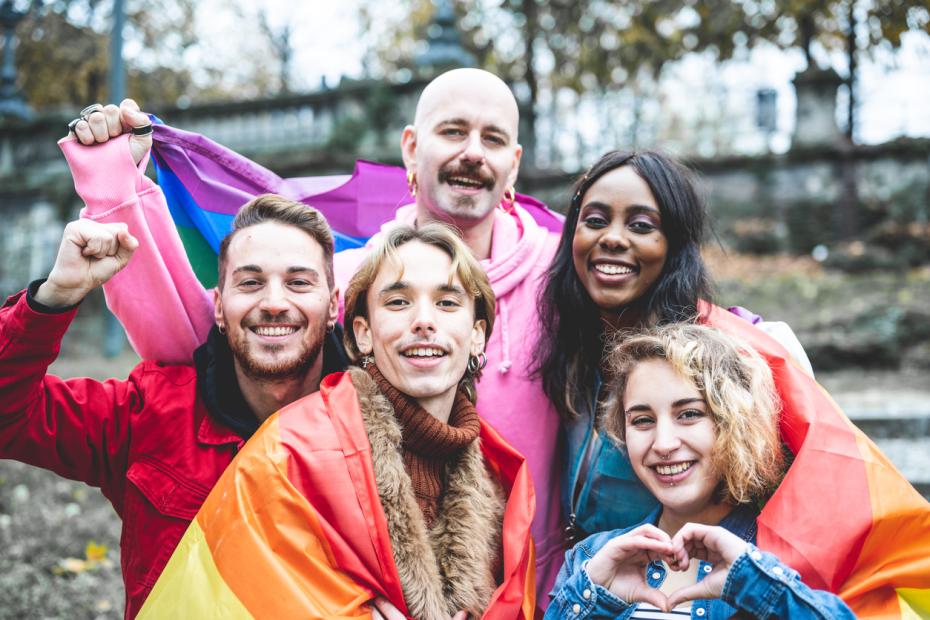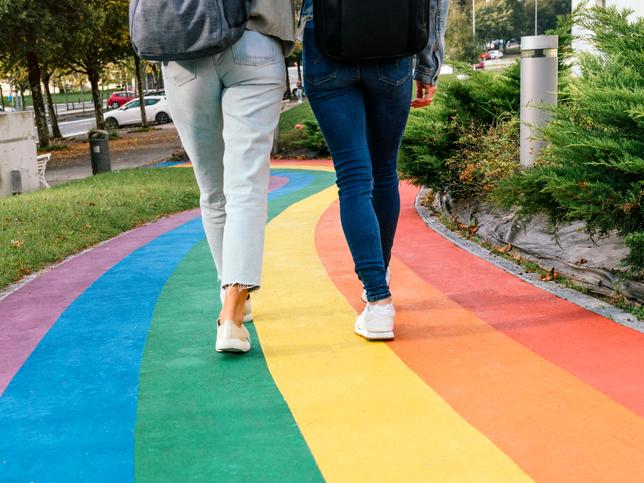
Small steps that make a big difference to LGBTQ+ inclusivity
A guide to boosting LGBTQ+ inclusivity in higher education, by Eleanor M. Townsend
You may also like
Popular resources
Inclusive education is important for a multitude of reasons, not least that university teaching should reflect the diversity of life and enhance students’ understanding of the world. For myself, I focus on LGBTQ+ inclusion, having a vested interest as a bisexual woman. Like many LGBTQ+ people, I have always been passionate about moving towards a more inclusive society, and this transferred to my teaching practice when I stepped into an educational role.
Guides are available that can help increase representation and strive towards a transformative approach. One such guide for LGBTQ+ inclusivity in higher education is the Ward-Gale model. This comes with topic-specific recommendations and perspectives and highlights how even small changes can make a big difference. I teach at a medical school where inclusive education is vital in helping LGBTQ+ people have better healthcare outcomes at the hands of more competent future doctors.
- Creating a university environment where staff and students feel comfortable sharing their pronouns
- THE podcast: career advice, LGBTQ+ in the academy and public speaking tips
- Managing excluding behaviour and bigotry in the classroom
1. Provide specific examples
Medicine, being a vocational course, lends itself easily to including specific examples or cases within teaching. Including examples where LGBTQ+ people have had a different experience to their cisgender, heterosexual counterparts is a useful way of highlighting why students should care. Seeing the implications and impact of homophobia, transphobia and cishet assumptions will hopefully communicate the necessity of improving inclusivity.
2. Engage with the wider community
It is important to tackle current issues LGBTQ+ people face, as well as historical changes and developments. Many universities have staff networks for LGBTQ+ people, and there are also charities and groups at local and national level that may be subject-specific, such as Pride in STEM. Such groups will usually welcome discussion, and while we should not make it solely LGBTQ+ communities’ role to advance inclusive education, it is important to hear diverse perspectives. I have presented at such networks, leading to discussions around the challenges and prejudices other people have faced in healthcare.
3. Make it meaningful
Nobody likes tokenism. If inclusion feels like a tacked-on portion of a lecture, it is not effective. After all, we don’t always need to have representation – an example I always point to is that respiratory mechanics are the same regardless of sexual orientation and gender identity. You don’t specifically need to learn how lesbians breathe. However, same-sex couples do face massive differences in fertility care – this is important and we should highlight this in our teaching.
Students worry about being overburdened with content. Therefore, bring in inclusivity when it is relevant and important and explain why.
4. Avoid unnecessary gendered language and stereotypes
Unfortunately, most of us have grown up in a world governed by gender roles and enforcement of the gender binary and heterosexual narrative. Do we need to talk only about pregnant women, when saying pregnant people is more inclusive? Often non-gendering of language is more scientifically accurate and is a minor change in the way we present ideas which is still impactful.
We can also make efforts to avoid passing on stereotypes. Due to historical and current homophobia and transphobia, there are many sustained narratives about non-cishet people. One example that I stumbled upon in a problem-based microbiology textbook was the tired narrative of a promiscuous young gay man infected with HIV. These stereotypes are damaging and harmful. If we are striving for inclusion in our curriculum, these need to be excluded.
5. Subtle attempts at being open with one’s own identity
For queer academics, it is hard to be open. Even in the university setting there remains a risk of discrimination. It is something I still struggle with, and only my work in inclusive education is slowly encouraging me to come “out”. Rainbow lanyards are now commonplace across universities and are a clear signal of allyship. My own is adorned with a pronoun badge and pride badge (as well as Charmander from Pokémon). My email signature contains not only my pronouns but my role as a co-ordinator in the LGBTQ+ staff network. I hope that these subtle signs communicate to LGBTQ+ students that they are not alone.
The important task of increasing the representation of LGBTQ+ people in the curriculum sometimes feels daunting. However, small steps taken by numerous people can make a huge impact. Subtle changes and an extra slide in the lecture will amount to a transformed educational experience. I hope these tips, that I have found useful, will encourage others and foster a sense of community striving to make a difference.
Eleanor M. Townsend is associate lecturer in biomedical sciences at the University of Exeter.
If you found this interesting and want advice and insight from academics and university staff delivered direct to your inbox each week, sign up for the Campus newsletter.





Comments (0)
or in order to add a comment